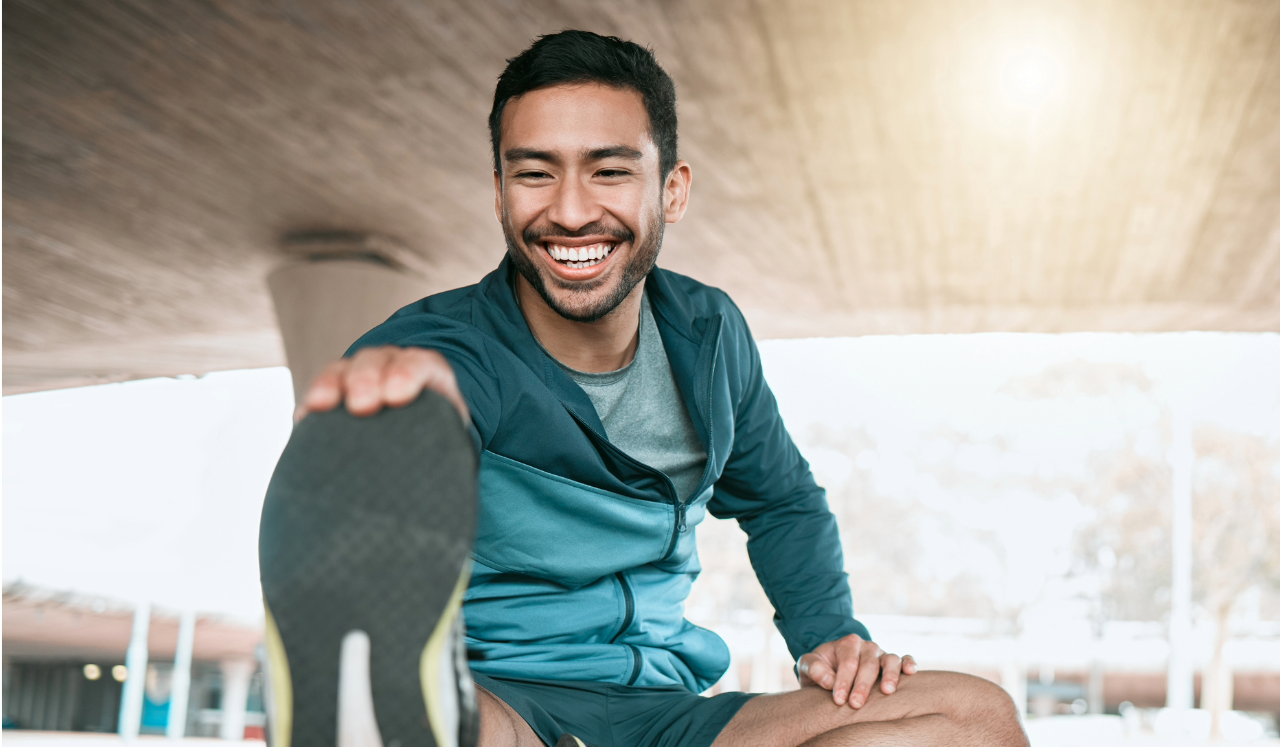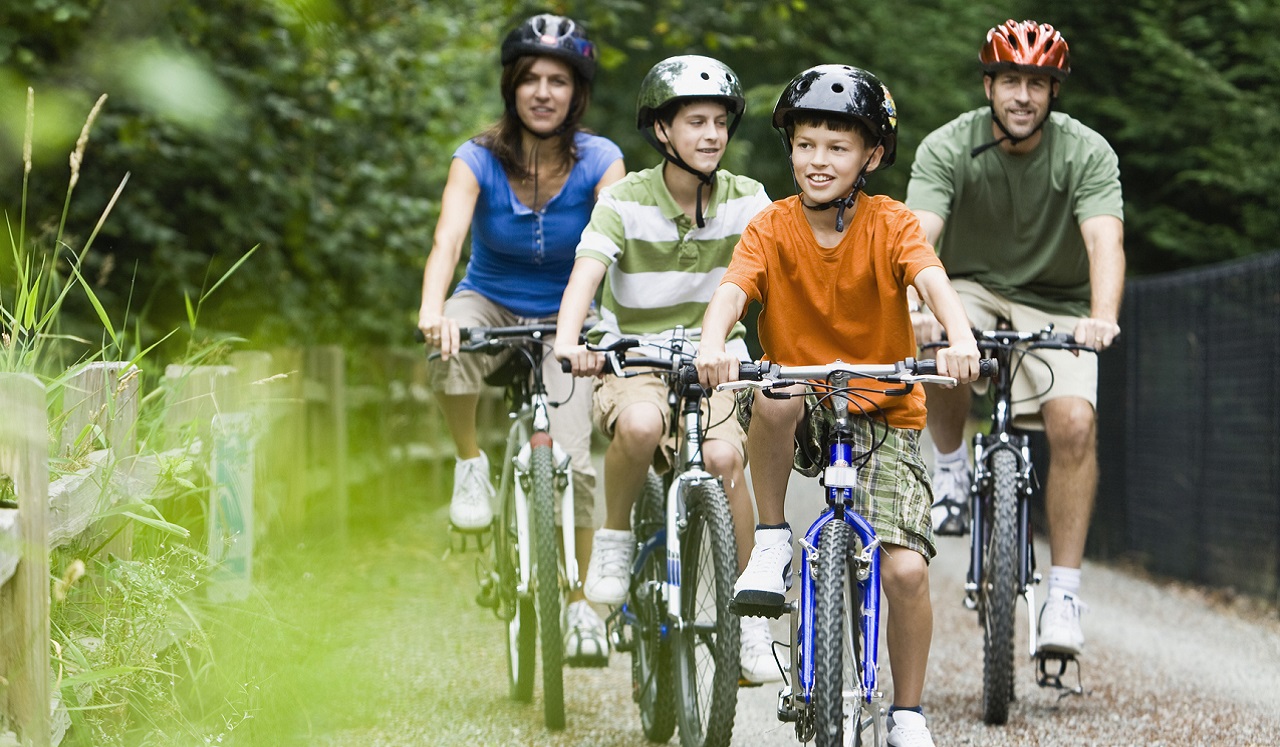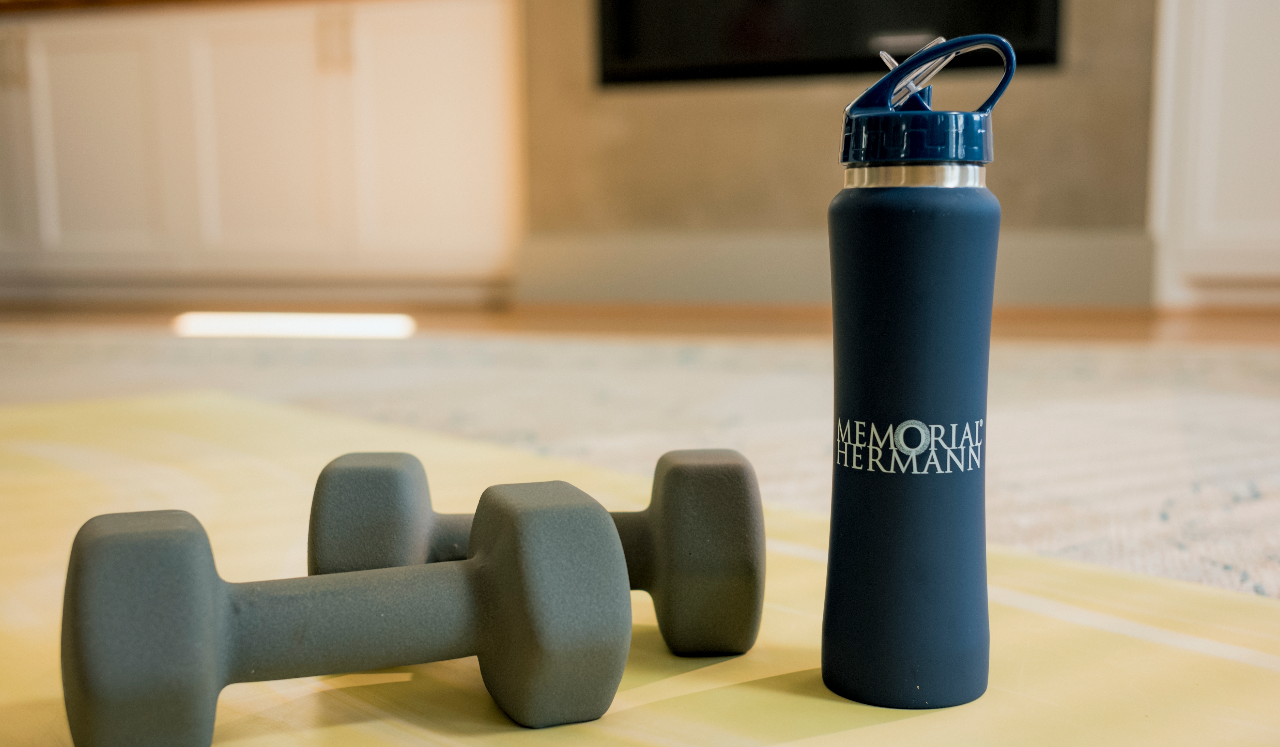Incorporating stretching exercises and mobility into your daily routine can have profound benefits for your overall health. These simple practices are often overlooked but can play a crucial role in maintaining flexibility, improving posture and preventing injuries.
“It’s like oil in your car. Stretching helps the synovial fluids that bathe your joints keep everything running smoothly,” says Lisa Battles, PT, MPT, physical therapist at Memorial Hermann Sports Medicine and Rehabilitation East Houston.
Here are some tips on stretching and mobility that you should keep top of mind.
Why stretch? The primary benefit is of stretching is to keep your joints loose, your muscles limber and your range of motion full. Generally, she says, “your body starts aging at 30, and your joints get stiffer. You gradually find it difficult to get out of bed or a chair as easily.”
Stretching won’t make you as limber as a contortionist, Battles says, “but you’ll be less likely to have a sore back or get injured when you exercise.”
Who should stretch? Everyone ages 14 and up needs to extend their limbs. “In elementary and junior high, kids are flexible enough without stretching,” she says. “But once they get to high school, it’s important to stretch, especially if they’re into sports.”
Who needs it most? Office employees and sedentary people need to get up and stretch. “Your body will thank you, especially after age 30 and even more after 50,” Battles says.
“If you sit eight hours straight, it wreaks havoc on your body,” she says. “Get up every 30 minutes and walk at least five minutes every hour to maintain the flexibility you already have.”
Which body parts benefit from stretching? Start with larger muscle groups, such as your buttocks, front and back thighs (quadriceps and hamstrings), chest (pectoral muscles) and back (lateral muscles). “If you’re stretching really well, you’ll also be stretching the smaller muscle groups at the same time,” Battles says.
How often? You should stretch at least once daily and always after exercising, she says. “Cardio and strength training alone can lead to tight joints and muscle imbalances.”
When? Your muscles are warmed up for a good stretch after at least 5-10 minutes of physical activity or after a warm shower, she says. “I also recommend stretching before bed, because it helps with pain and helps you sleep a bit longer.”
How long? Hold each static stretch for 10 seconds to 1 minute. The stiffer you are, the longer your stretches should be, she says. But they should never be painful. Looking in a mirror to assess your form may help, or get input from a trainer, physical therapist or yoga instructor.
Most common mistakes? “Some people find stretching tedious, so they do it sloppily or rush it,” Battles says. “To get the full benefit of a workout, you need to stretch properly.”
Trying to extend cold muscles could be more hurtful than helpful. “I generally do my stretches after I work out. That’s when it seems to be most beneficial,” she says. “When your muscles and joints are warm, you get more benefits from stretching, and you’re less likely to hurt yourself.”
Take stretching at your own pace. Copying athletes or others at the gym could result in injury. If you’re sedentary, don’t stretch often or are unfamiliar with how to stretch, you could pull a muscle or tendon, Battles says. “That’s why static or stationary stretches are best.”
Don’t be self-conscious about seeking help or going to a beginner’s yoga class. “Yoga teachers tend to be caring,” she says. “They won’t push you beyond what you can do.”
When should you seek additional help? “It’s great to see a professional if you’re not really an exerciser—and it’s better not to wait until you’re in pain,” she says. “Professionals such as physical therapists, physical therapy assistants, athletic trainers and exercise physiologists can teach you proper techniques.


